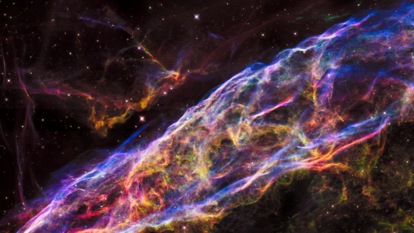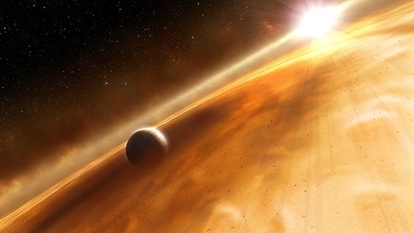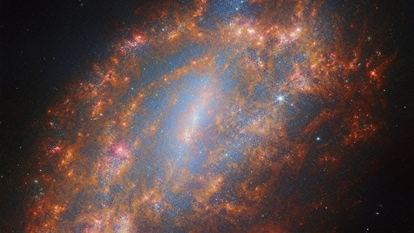As Chandrayaan-3 makes historic moon landing, know the next steps of the ISRO mission
After the Chandrayaan-3’s Vikram lander touched down successfully on the lunar soil, know what’s next for ISRO’s Moon mission.
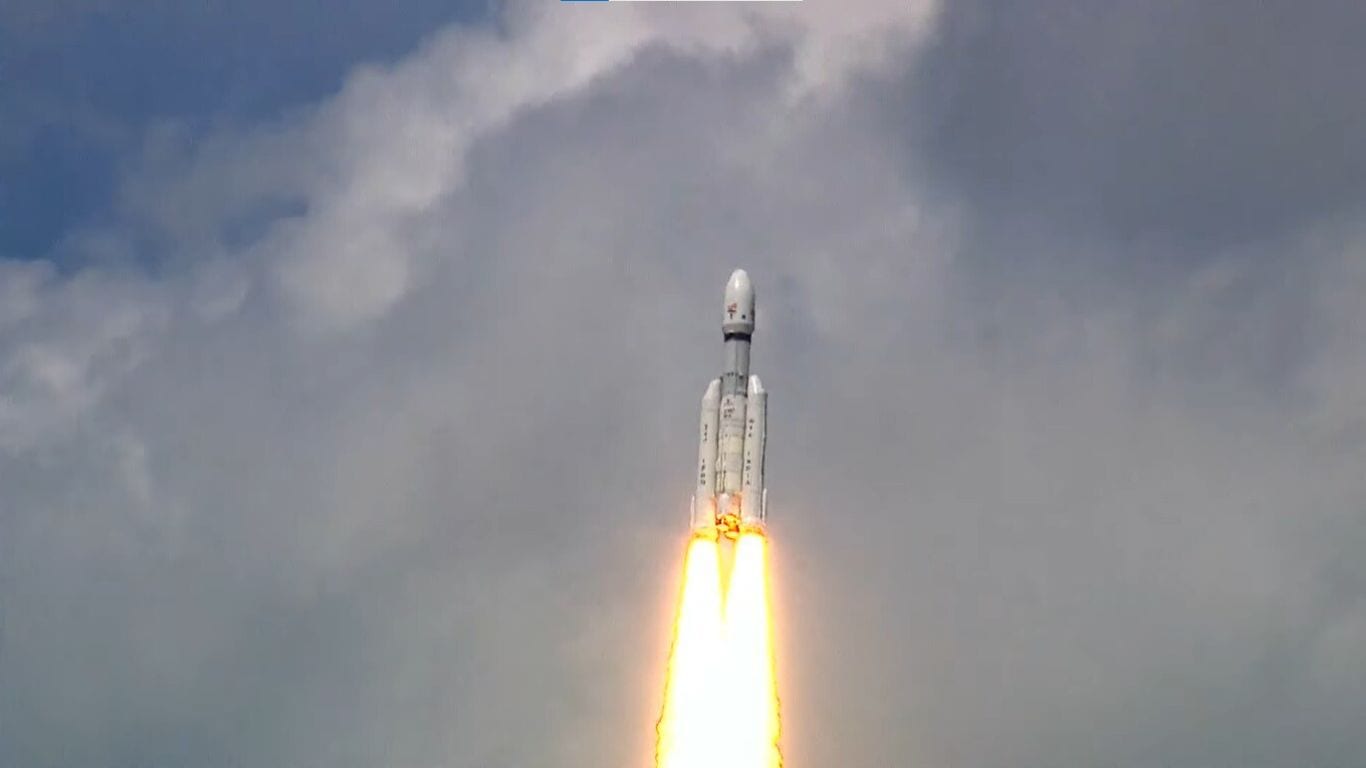
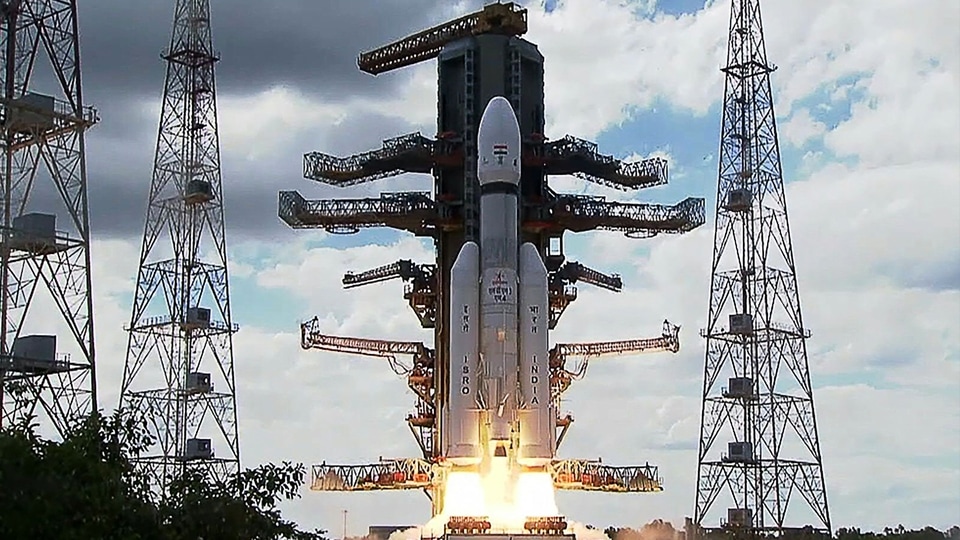
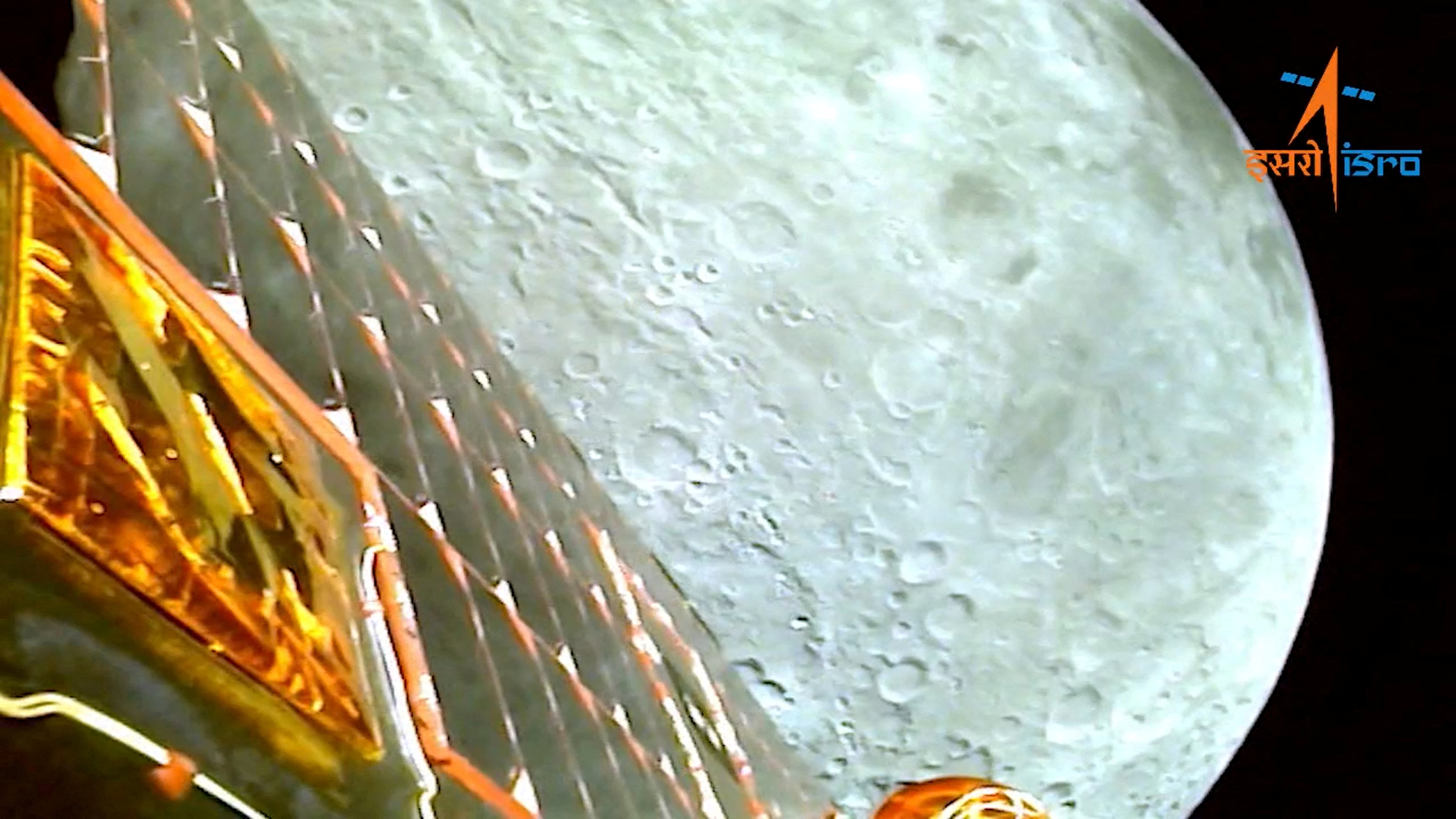
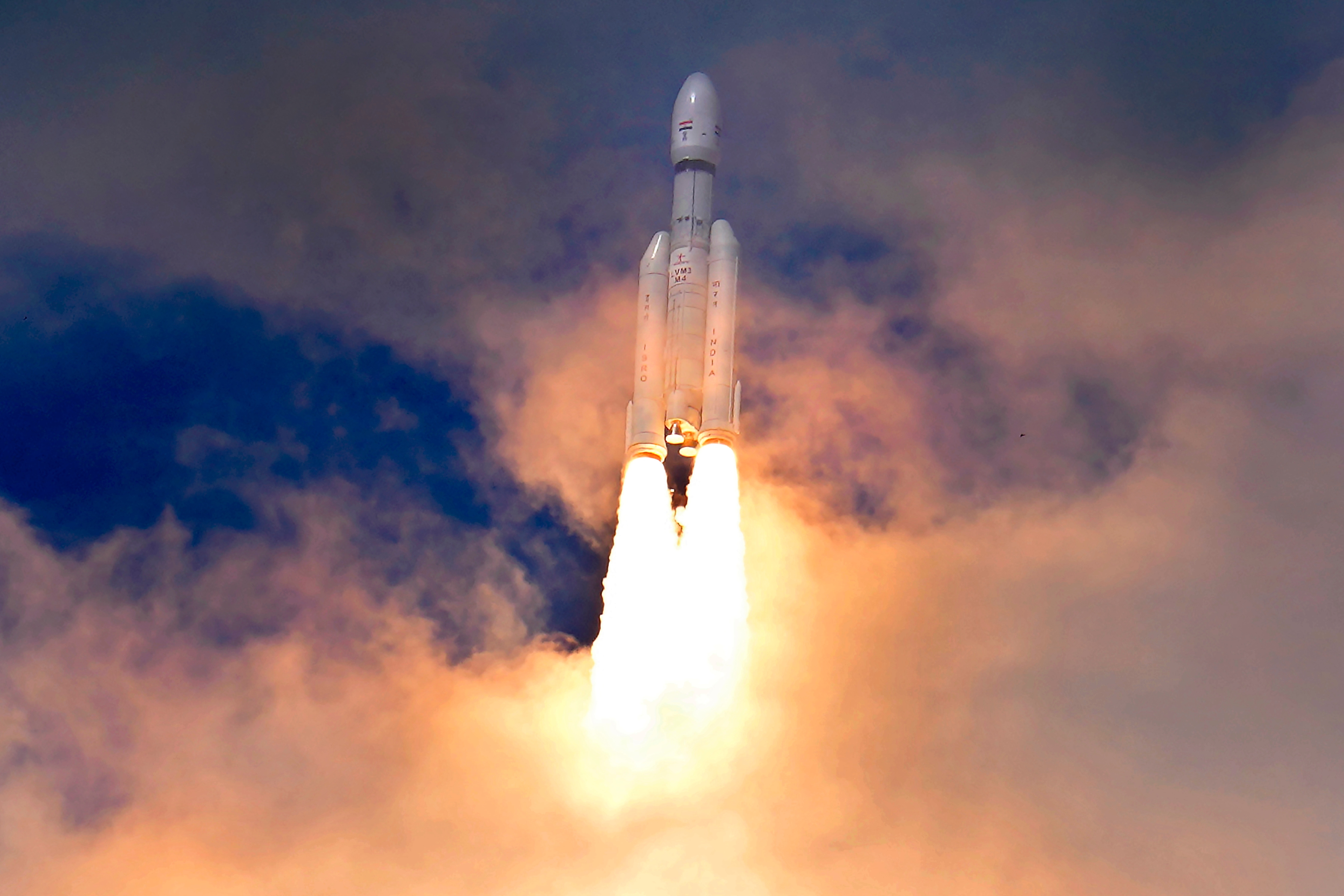

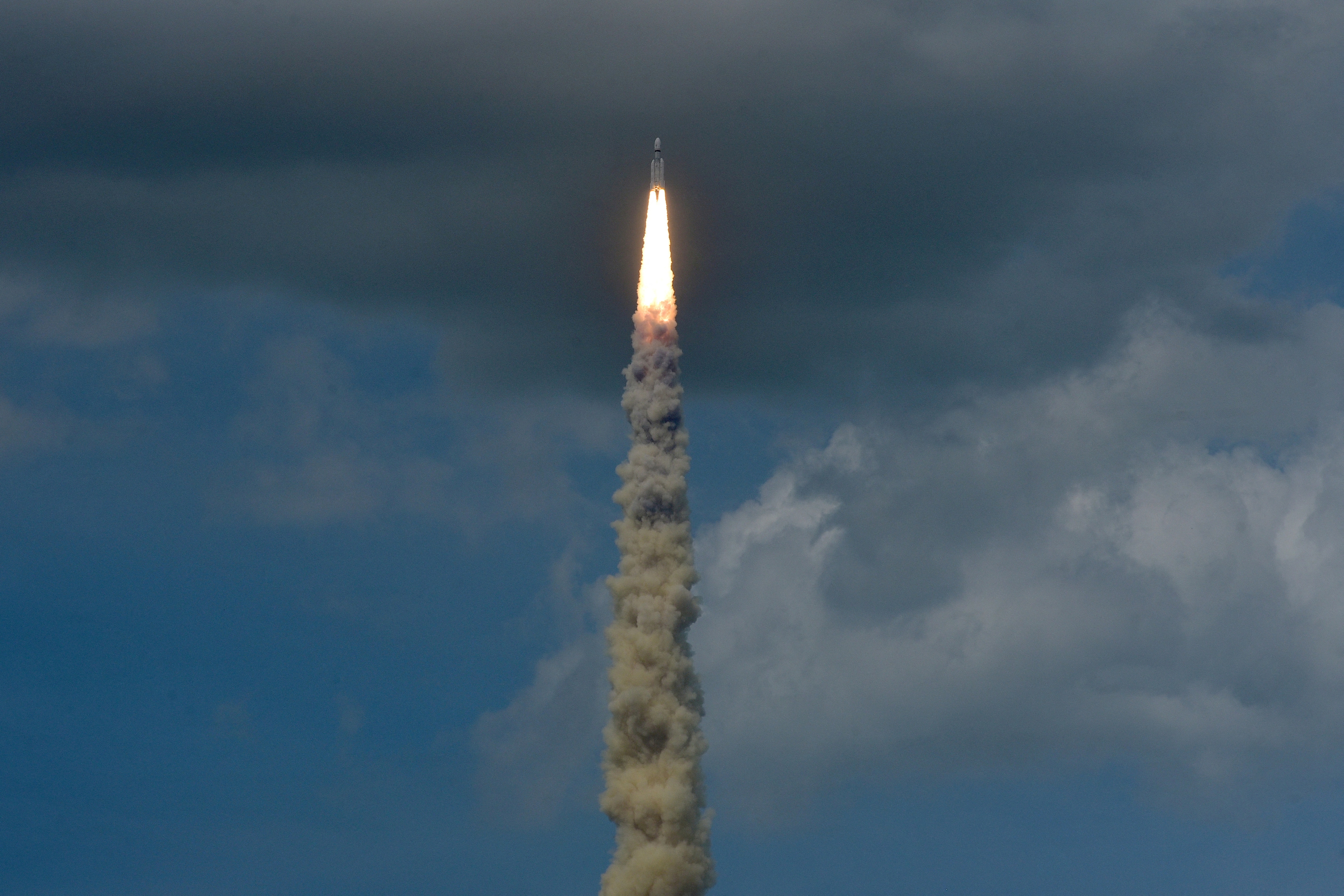
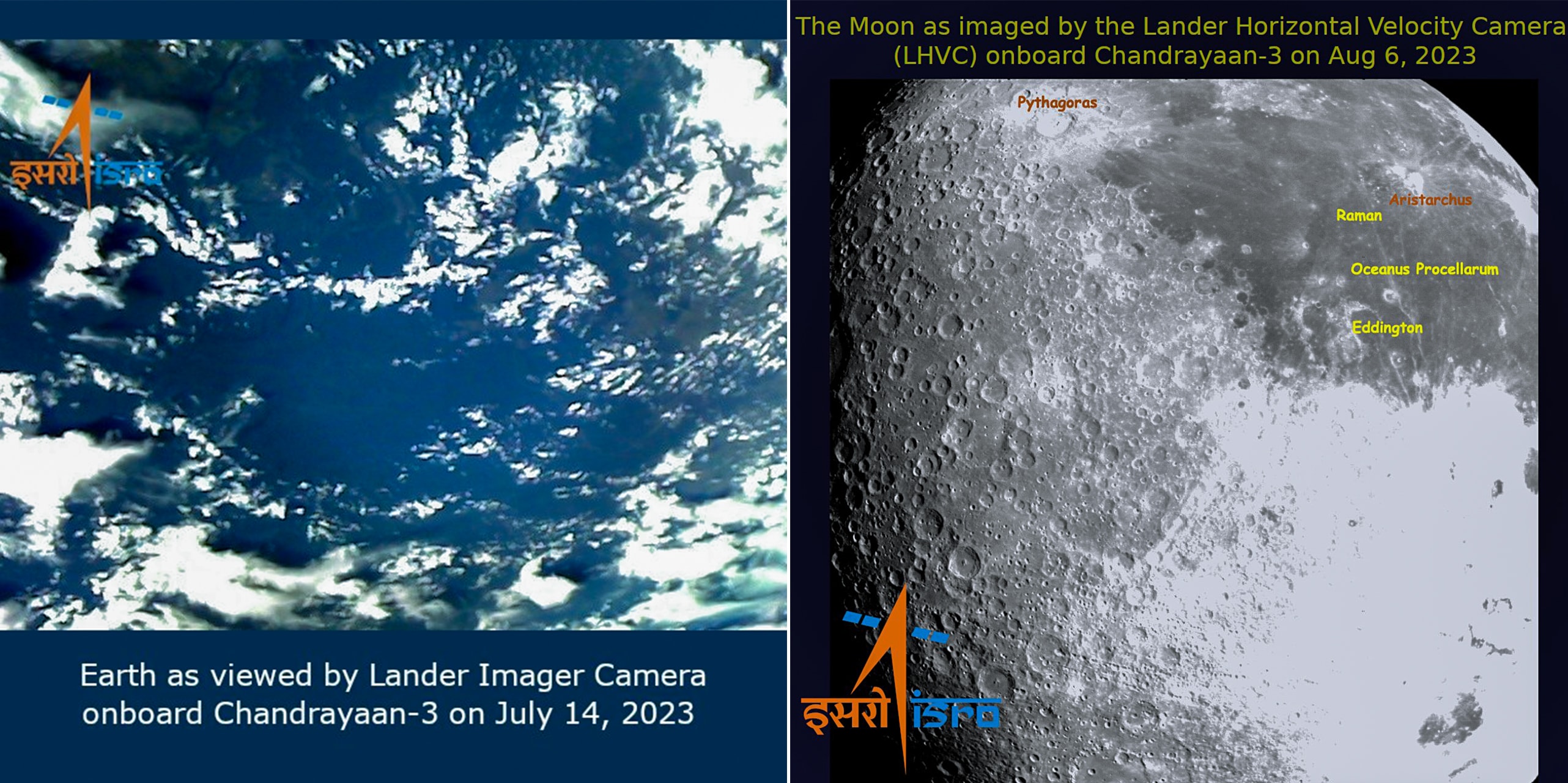
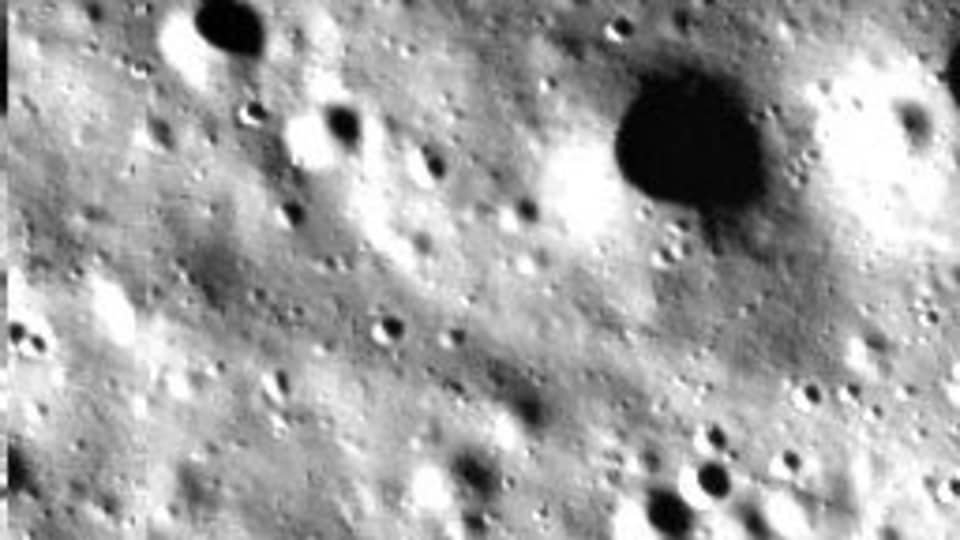
 View all Images
View all ImagesChandrayaan-3 lander made history on Wednesday as it effected a successful touchdown near the South Pole of the Moon, With this mission, India also became the fourth nation in the world to touch down on the lunar surface, after the US, Russia, and China. But notably, India has become the first country to land near the lunar South Pole. The world's eyes were on India, especially after the failure of Russia's Luna-25 just days before, and it did not disappoint as the Chandrayaan-3 Vikram lander touched down on the Moon's surface at 6:04 PM IST.
After this historic achievement, Prime Minister Narendra Modi posted on X, “Chandrayaan-3's triumph mirrors the aspirations and capabilities of 140 crore Indians. To new horizons and beyond! Proud moment for….”
ISRO later shared an update on X, mentioning that a “communication link is established between the Ch-3 Lander and MOX-ISTRAC, Bengaluru.” The Indian Space Agency also published images captured by the Vikram lander's Horizontal Velocity Camera.
Now, that the Vikram lander has touched down on the lunar soil, know what's next for ISRO's Moon mission.
Chandrayaan 3: What's next
Propulsion module - Chandrayaan-3's propulsion module, which separated from the lander on August 17, continues in its orbit around the Moon, and will carry out a series of experiments over the next few months and even years. Astonishingly, it has over 150kg of fuel left which has boosted its lifespan to several years from the initial estimation of three to six months.
It is equipped with the Spectro-polarimetry of Habitable Planet Earth (SHAPE) payload which will conduct experiments such as measurements of variations in polarization from clouds on Earth, a spectroscopic analysis of Earth's atmosphere, and collect exoplanet signatures that would identify habitability.
Vikram lander - The Chandrayaan-3 lander, named Vikram, will open up on one side, creating a ramp for the Pragyan rover. This will only happen after a period of about four hours, when the lunar dust that kicked up during the touchdown due to the Moon's weak gravity, has settled.
During its lifespan of 1 lunar day or 14 Earth days, the Vikram lander will conduct a series of experiments, such as Chandra's Surface Thermophysical Experiment (ChaSTE) for measuring the thermal conductivity and temperature, and the Instrument for Lunar Seismic Activity (ILSA) for measuring seismic activity around the landing area on the lunar South Pole.
The Langmuir Probe (LP) aboard the lander will allow it to estimate and gauge plasma density. It will also use NASA's passive Laser Retroreflector Array to carry out lunar laser ranging studies.
Pragyan rover - The Pragran rover, which has the tricolor and ISRO logo on it, will use its navigation cameras to scan the surface of the Moon, moving at about a speed of 1 centimeter per second. It is fitted with an Alpha Particle X-Ray Spectrometer (APXS), and a Laser Induced Breakdown Spectroscope (LIBS), which will allow it to conduct a qualitative and quantitative elemental analysis of the landing site, study the chemical and mineralogical composition, and determine the elemental composition of the lunar rocks and soil in the vicinity.
Catch all the Latest Tech News, Mobile News, Laptop News, Gaming news, Wearables News , How To News, also keep up with us on Whatsapp channel,Twitter, Facebook, Google News, and Instagram. For our latest videos, subscribe to our YouTube channel.








